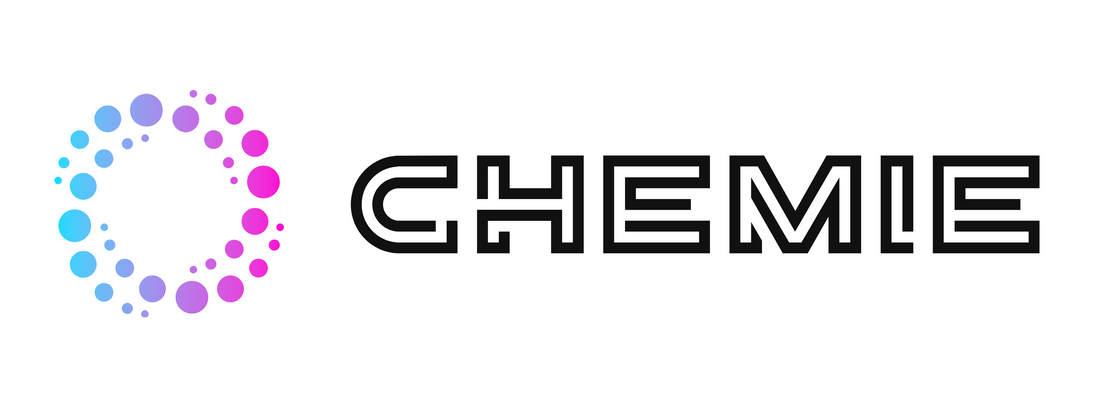Get This Report on Chemie
Table of ContentsThe Chemie DiariesThe Definitive Guide for ChemieOur Chemie PDFsNot known Details About Chemie The Only Guide to ChemieThe 20-Second Trick For Chemie
By Bojanna Shantheyanda, Sreya Dutta, Kevin Coscia and David SchiemerDynalene, Inc. Liquid air conditioning, which can be attained using indirect or direct ways, is made use of in electronic devices applications having thermal power thickness that may surpass risk-free dissipation via air cooling. Indirect fluid air conditioning is where warm dissipating digital components are literally divided from the liquid coolant, whereas in case of direct cooling, the components are in direct call with the coolant.However, in indirect cooling applications the electrical conductivity can be essential if there are leaks and/or splilling of the liquids onto the electronics. In the indirect air conditioning applications where water based liquids with deterioration inhibitors are generally used, the electric conductivity of the fluid coolant mostly depends on the ion focus in the liquid stream.
The increase in the ion focus in a shut loophole fluid stream may take place due to ion leaching from metals and nonmetal elements that the coolant fluid touches with. During procedure, the electrical conductivity of the liquid may raise to a level which might be damaging for the air conditioning system.
The Of Chemie
(https://allmyfaves.com/chemie999?tab=chemie999)They are grain like polymers that can trading ions with ions in a service that it is in call with. In today work, ion leaching examinations were executed with numerous metals and polymers in both ultrapure deionized (DI) water, i.e. water which is treated to the greatest levels of pureness, and reduced electrical conductive ethylene glycol/water combination, with the gauged adjustment in conductivity reported with time.
The examples were enabled to equilibrate at space temperature level for 2 days prior to taping the preliminary electric conductivity. In all examinations reported in this research study fluid electric conductivity was determined to a precision of 1% using an Oakton CON 510/CON 6 series meter which was adjusted prior to each measurement.
Some Known Factual Statements About Chemie
from the wall home heating coils to the center of the furnace. The PTFE sample containers were positioned in the furnace when stable state temperature levels were gotten to. The examination configuration was eliminated from the heating system every 168 hours (seven days), cooled down to room temperature with the electric conductivity of the fluid measured.
The electrical conductivity of the liquid example was kept an eye on for an overall of 5000 hours (208 days). Number 2. Schematic of the indirect shut loophole cooling down experiment set up - silicone synthetic oil. Table 1. Parts made use of in the indirect closed loophole cooling experiment that are in contact with the fluid coolant. A schematic of the experimental configuration is revealed in Number 2.

The 7-Second Trick For Chemie
The change in fluid electrical conductivity was checked for 136 hours. The fluid from the system was collected and saved.

0.1 g of Dowex resin was included in 100g of fluid visit homepage samples that was taken in a separate container. The mix was mixed and change in the electric conductivity at space temperature was determined every hour. The measured change in the electrical conductivity of the UP-H2O and EG-LC test fluids containing polymer or metal when engaged for 5,000 hours at 80C is revealed Figure 3.
Some Known Questions About Chemie.
Ion seeping experiment: Measured change in electric conductivity of water and EG-LC coolants including either polymer or metal examples when submersed for 5,000 hours at 80C. The results show that metals contributed fewer ions into the liquids than plastics in both UP-H2O and EG-LC based coolants.
Fluids containing polypropylene and HDPE displayed the most affordable electrical conductivity adjustments. This might be due to the brief, stiff, linear chains which are much less likely to contribute ions than longer branched chains with weak intermolecular pressures. Silicone likewise executed well in both examination fluids, as polysiloxanes are usually chemically inert because of the high bond power of the silicon-oxygen bond which would certainly protect against deterioration of the material right into the liquid.
6 Simple Techniques For Chemie
It would certainly be anticipated that PVC would certainly generate comparable outcomes to those of PTFE and HDPE based on the similar chemical structures of the materials, however there may be other contaminations present in the PVC, such as plasticizers, that might impact the electrical conductivity of the liquid - meg glycol. In addition, chloride groups in PVC can also seep into the test fluid and can cause an increase in electrical conductivity
Buna-N rubber and polyurethane showed indications of deterioration and thermal decay which recommends that their possible utility as a gasket or glue material at higher temperature levels can cause application issues. Polyurethane entirely disintegrated into the examination liquid by the end of 5000 hour examination. Number 4. Before and after pictures of steel and polymer examples immersed for 5,000 hours at 80C in the ion seeping experiment.
Measured adjustment in the electric conductivity of UP-H2O coolant as a feature of time with and without material cartridge in the shut indirect cooling loop experiment. The gauged modification in electric conductivity of the UP-H2O for 136 hours with and without ion exchange material in the loophole is revealed in Number 5.